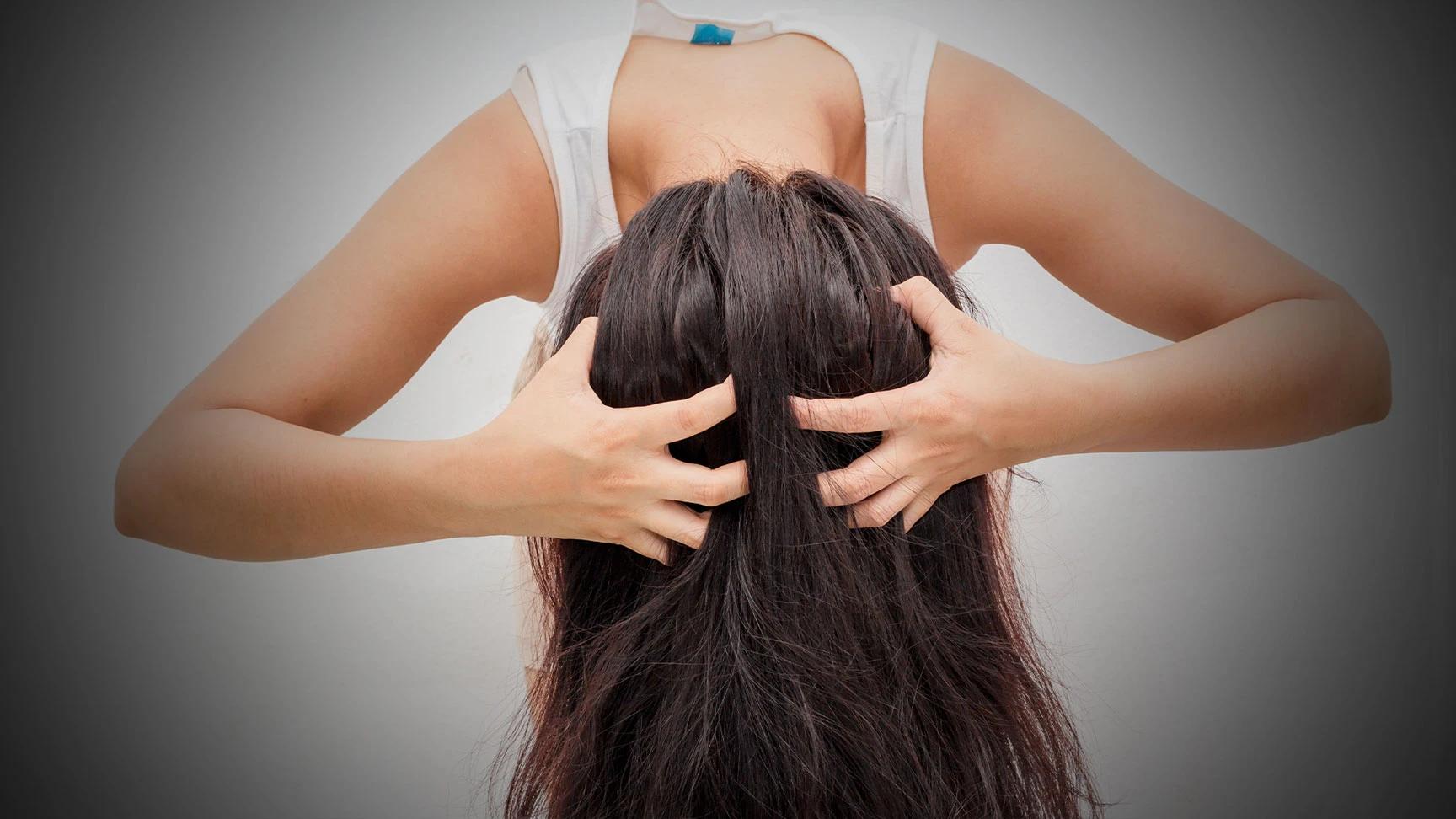Your hair is basically a reflection of your overall health, which means what you eat and how you live directly affects how your hair looks and feels. While topical treatments work wonders, true hair health starts from within. Stress, poor nutrition, and lifestyle factors can undo even the best haircare routine.
Think of your diet and lifestyle as the foundation that supports all your external haircare efforts.
Nutrient-Rich Foods for Healthy Hair
Your hair loves protein, iron, omega-3 fatty acids, and vitamins like biotin and vitamin D. Foods like salmon, eggs, spinach, and nuts aren't just good for your body—they're fantastic for your hair too. Staying hydrated is equally important because dehydrated hair is weak, brittle hair.
Stress Management for Healthier Hair
Chronic stress can literally make your hair fall out, disrupt growth cycles, and leave your scalp unhappy. Finding healthy ways to manage stress—whether through exercise, meditation, or hobbies you love—isn't just good for your mental health. It's essential for maintaining the kind of hair that makes you feel confident and gorgeous.
Frequently Asked Questions
How often should I wash my hair for optimal health?
The frequency of hair washing depends on your hair type, scalp condition, and lifestyle. Generally, oily hair benefits from daily or every-other-day washing, while dry or curly hair thrives with 2-3 washes per week. Pay attention to how your scalp feels and how your hair responds—that's your best guide.
Are natural hair treatments as effective as commercial products?
Natural hair treatments can be highly effective when used correctly and consistently. Ingredients like coconut oil, honey, and avocado have proven benefits for hair health. However, they work differently than formulated products and might take longer to show results. The key is understanding what your hair needs and choosing treatments accordingly.
How can I determine if my hair needs more moisture or protein?
Understanding your hair's moisture-protein balance is crucial for healthy hair. If your hair feels stretchy when wet and breaks easily, it likely needs protein. If it feels dry, brittle, or straw-like, it needs moisture. The porosity test mentioned earlier can help guide this decision.
What are the best protective hairstyles for promoting hair growth?
Protective hairstyles that minimise manipulation and protect hair ends include braids, twists, buns, and styles that keep hair tucked away. The key is ensuring they're not too tight and changing them regularly to prevent tension damage. Low-maintenance styles that protect your hair while you sleep are equally important.
How do I choose the right hair growth supplements?
When considering hair growth supplements, it's important to first identify if you have any nutritional deficiencies. Biotin, iron, and vitamin D are common supplements for hair health, but they're most effective if you're actually deficient in these nutrients. Consult with a healthcare provider before starting any supplement routine.
Key Takeaways
Building a haircare routine for healthy hair isn't about following someone else's regimen—it's about understanding your unique hair needs and creating a personalised approach that works for your lifestyle. The five pillars of cleansing, conditioning, moisturising, protection, and treatment form the foundation, but how you implement them depends entirely on your hair type, porosity, and individual concerns. Remember, great hair doesn't happen overnight, but with consistency and the right approach, you'll start seeing results that make all the effort worth it. Your hair journey is uniquely yours, so embrace the process of discovering what makes your locks absolutely thrive.

 100 ml
100 ml 200 ml
200 ml 236 ml
236 ml 320 ml
320 ml